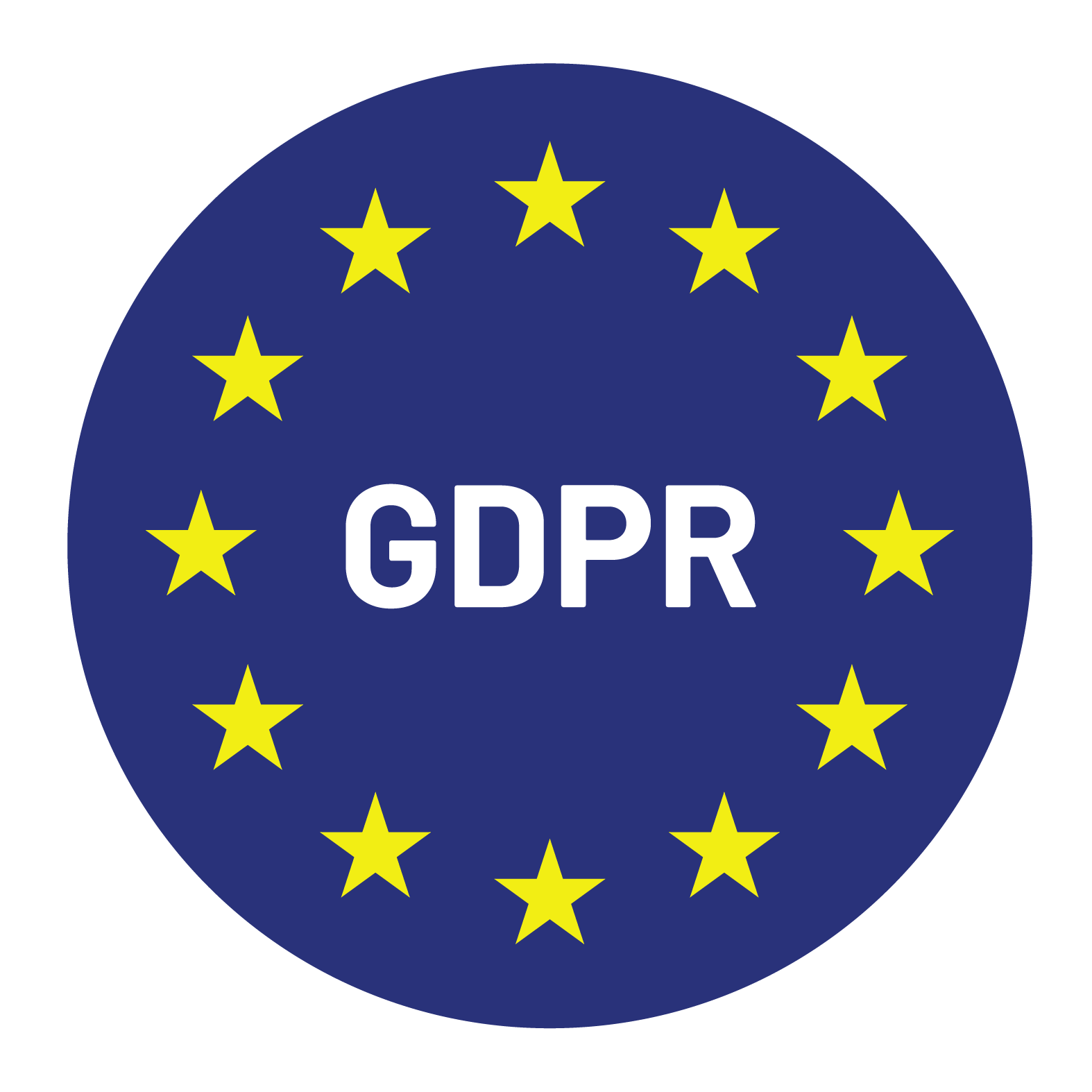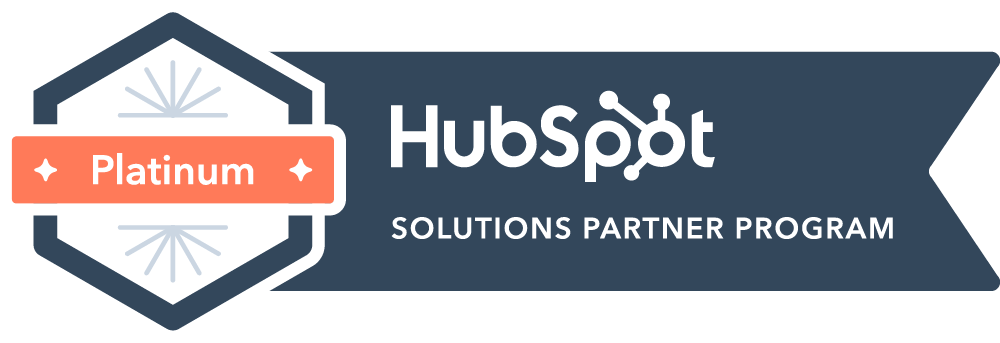

Content Writer for Whistle with multidisciplinary experience spanning over a decade.
B2B SaaS companies live and die by their ability to fill the sales pipeline with qualified leads. However, the tactics that once worked such as mass email blasts, cold call blitzes, and generic gated content are no longer delivering results.
Why? Because B2B SaaS demand generation has undergone a fundamental shift. Modern software buyers are more informed, digital-first, and selective than ever before. They don’t want to be “sold to”; they want to be educated, engaged, and guided toward solutions that truly fit their needs through sophisticated lead nurturing campaigns and strategic SaaS marketing automation.
The shift from traditional lead generation to modern demand generation represents more than just a tactical change; it’s a fundamental shift of how B2B companies attract, engage, and convert prospects.
The modern SaaS buyer completes 57% of their research before ever talking to sales representatives. This buyer empowerment has completely disrupted traditional SaaS lead qualification processes. Traditional lead generation relies on pushing messages out to prospects through interruptive channels, but today’s buyers prefer to pull information in at their own pace through self-service resources and peer networks.
What to do instead:
Shift toward comprehensive demand generation strategies that include educational content marketing, community engagement, and thought leadership positioning.
Focus on creating valuable resources like interactive demos, ROI calculators, and industry benchmarking tools that position your brand as a trusted resource throughout the entire buyer’s journey.
Implement account-based marketing (ABM) tactics that align with how modern buyers actually research and evaluate B2B software solutions.
The rise of caller ID, spam filters, and gatekeeper resistance has created significant barriers to traditional outbound prospecting methods. Additionally, remote work has made it even harder to reach prospects through traditional phone-based outreach. 32% of prospects answer a call from companies they haven’t yet spoken with (RAIN GroupTop Performance in Sales Prospecting Benchmark Report).
What to do instead: Implement sophisticated multi-channel outreach strategies that combine LinkedIn social selling, personalized video messaging, and intent-driven email campaigns.
Use B2B sales prospecting tools that leverage warm introductions, referral networks, and social proof. Focus on creating value-first touchpoints that demonstrate expertise rather than immediately pushing for meetings. Modern SaaS lead generation requires a consultative approach that builds relationships across multiple touchpoints.
Ten years ago, ebooks and whitepapers behind lead capture forms were goldmines for generating MQLs (Marketing Qualified Leads). Today, buyers are experiencing form fatigue and are reluctant to share contact information for generic content. The proliferation of ungated, high-quality content across the internet has raised buyer expectations for immediate value without friction.
What to do instead:
Transition toward ungated, high-value content strategies including blog posts, interactive webinars, educational podcasts, and live product demonstrations. Use progressive profiling and behavioral tracking to gradually collect prospect information rather than demanding it upfront. Implement content marketing strategies that provide instant value and build trust through consistent, valuable interactions.
Consider freemium models and product-led growth (PLG) approaches that allow prospects to experience your solution before committing to sales conversations.
Traditional campaigns often rely on one-size-fits-all messaging that doesn’t address specific industry challenges or role-based pain points. But modern SaaS buyers expect hyper-personalized experiences tailored to their unique business situations, company size, technology stack, and position in the buying cycle. Generic messaging fails to cut through the noise in increasingly crowded software categories.
What to do instead: Develop sophisticated ICP (Ideal Customer Profile) segmentation based on firmographics, technographics, and behavioral data. Create dynamic messaging frameworks that speak directly to the challenges of each target persona across different company sizes, industries, and use cases.
Implement SaaS marketing automation platforms that enable personalized content delivery based on prospect behavior, engagement history, and demonstrated intent signals.
Traditional lead generation often operates in silos, with marketing generating leads and handing them off to sales without proper qualification or context. This misalignment leads to frustrated sales teams pursuing unqualified prospects and missed opportunities with high-intent buyers. The disconnect between marketing metrics (leads generated) and sales metrics (revenue generated) creates organizational tension and inefficient resource allocation.
What to do instead: Establish comprehensive revenue operations (RevOps) frameworks that align sales and marketing around shared definitions of MQLs, SQLs (Sales Qualified Leads), and pipeline opportunities.
Create detailed service level agreements (SLAs) between teams that include response times, follow-up protocols, and feedback loops. Implement lead scoring models that incorporate both demographic data and behavioral signals to ensure only sales-ready prospects enter the pipeline.
Use shared dashboards and regular alignment meetings to maintain focus on revenue generation rather than activity metrics.
Click-through rates, impression counts, and raw lead volume once defined marketing success. However, in the SaaS business model, more leads don’t automatically translate to more revenue especially if those leads aren’t properly qualified or aligned with your ideal customer profile. Traditional metrics often mask underlying issues with lead quality, pipeline velocity, and customer acquisition efficiency.
What to do instead:
Focus on revenue-centric metrics including pipeline velocity, Customer Acquisition Cost (CAC) to Customer Lifetime Value (LTV) ratios, lead-to-customer conversion rates, and time-to-revenue.
Track leading indicators like demo completion rates, trial-to-paid conversion percentages, and account expansion opportunities. Implement attribution modeling that connects marketing activities to actual revenue outcomes, enabling data-driven optimization of demand generation investments.
Trade shows and in-person networking events were once cornerstone channels for B2B lead generation, providing face-to-face relationship-building opportunities. The global shift toward remote work and virtual interactions has fundamentally changed how business relationships form and deals progress. Traditional event-heavy strategies are no longer sustainable or scalable for modern SaaS companies.
What to do instead:
Build comprehensive digital-first demand generation strategies that include virtual events, online communities, and strategic partnerships. Invest in interactive webinar platforms, virtual conference participation, and digital networking tools.
Create year-round engagement strategies through industry communities, thought leadership content, and peer-to-peer learning opportunities that build relationships without geographic constraints.
Cost-per-click (CPC) rates for competitive SaaS keywords have increased dramatically, with some enterprise software terms costing $50+ per click. Relying solely on paid advertising for pipeline generation creates unsustainable unit economics, especially for early-stage SaaS companies with limited marketing budgets. Ad fatigue and banner blindness have also reduced the effectiveness of traditional display advertising approaches.
What to do instead: Balance paid advertising with organic demand generation channels including search engine optimization (SEO), content marketing, product-led growth strategies, and customer referral programs.
Focus paid spend on high-intent keywords and retargeting campaigns that capture demand rather than creating it. Implement comprehensive inbound marketing strategies that compound over time and reduce dependence on paid channels for pipeline generation.
Traditional lead generation approaches often rely on demographic data and explicit form fills, missing critical behavioral signals that indicate purchase intent. Without leveraging intent data from content consumption, technology research, and competitive analysis activities, outreach often happens at the wrong time in the buyer’s journey either too early when interest is minimal or too late when decisions have been made.
What to do instead: Partner with B2B intent data providers and demand generation platforms that track prospect research behaviors across multiple channels. Use technographic data to identify companies implementing complementary solutions or showing signs of technology stack changes. Implement lead scoring models that incorporate both explicit actions (form fills, demo requests) and implicit behaviors (content consumption, website engagement, social media activity) to time outreach for maximum effectiveness.
Traditional lead generation methods such as manual list building, one-to-one outreach, and resource-intensive nurture campaigns don’t scale efficiently in SaaS environments where rapid growth depends on operational efficiency and repeatable processes. The SaaS business model rewards companies that can efficiently acquire customers at scale while maintaining healthy unit economics throughout the growth process.
What to do instead:
Build comprehensive, automated demand generation engines using marketing automation platforms, AI-driven prospecting tools, and scalable content creation processes. Consider partnerships with specialized sales development representatives (SDR) agencies or outsourced lead generation providers that can accelerate qualified meeting generation. Implement product-led growth strategies that allow your software to drive its own adoption and expansion within target accounts.
Traditional lead generation is failing B2B SaaS companies because it wasn’t designed for empowered, research-driven buyers who expect personalized, value-first interactions. The path forward requires embracing modern demand generation principles that prioritize education, engagement, and trust-building throughout extended sales cycles.
Success in modern B2B SaaS demand generation requires aligning sales and marketing operations, leveraging behavioral and intent data for precise targeting, and building scalable systems that can grow with your business. Companies that make this transition will build predictable pipelines, improve customer acquisition efficiency, and drive sustainable growth in 2025 and beyond.
Ready to revive your pipeline? Whistle has helped 300+ SaaS startups generate $100M+ in opportunities through advanced demand generation strategies.


© Copyright – Whistle 2023